
Winning
The Ultimate Business How-To Book
What is Winning about?
Winning by Jack Welch is a comprehensive guide into the world of business leadership and management. Welch, the former CEO of General Electric, distills decades of experience into insightful advice on how to build a successful organization. From strategy and competition to leadership and people management, Welch covers the essential pillars of business with practical examples and actionable advice. This book is a must-read for anyone aiming to navigate the complexities of the corporate world and carve out a path to success.
About the Author
Jack Welch, former CEO of General Electric, was a corporate titan whose leadership style transformed GE into one of the world's most successful companies. His books, including the iconic "Winning" and "Jack: Straight from the Gut," blend no-nonsense business wisdom with insightful anecdotes, offering readers a front-row seat to the mind of a managerial genius. Welch's writings are revered for their candid, straightforward approach, emphasizing efficiency, leadership, and innovation, making them essential reads for anyone aspiring to excel in the business world.
10 Key Ideas of Winning
Embrace Change as a Constant and Drive It
In today's fast-paced business environment, change is inevitable. Companies that thrive are those that not only adapt to change but actively drive it within their organization. This involves constantly evaluating market trends, customer needs, and technological advancements, and then aligning your business strategy accordingly. Driving change requires a culture of innovation, where employees are encouraged to think creatively and take calculated risks. By fostering an environment that embraces change, companies can stay ahead of the competition and achieve sustainable growth.
Learn DeeperCultivate a Culture of Innovation: Encourage your team to regularly share new ideas, no matter how out-of-the-box they may seem. Set aside time for brainstorming sessions and reward innovative solutions.
Stay Informed and Agile: Make it a habit to keep up with industry news, emerging technologies, and market trends. This will help you anticipate changes and adapt your strategies quickly.
Implement Regular Feedback Loops: Create mechanisms for receiving feedback from customers, employees, and stakeholders. Use this feedback to make informed decisions and drive continuous improvement.
Invest in Continuous Learning: Offer training and development opportunities for your team to learn new skills and technologies. This not only keeps your team competitive but also fosters a growth mindset.
Experiment and Learn from Failures: Encourage experimentation by launching pilot projects or prototypes. Analyze both successes and failures for insights, and iterate on your approach based on what you learn.
- Example
A tech company regularly holds 'innovation days' where employees can work on any project they choose. This has led to the development of new products that have opened up additional revenue streams.
- Example
A retail business closely monitors shopping trends and customer feedback, allowing them to quickly adjust their inventory and marketing strategies. This agility has helped them outperform competitors during seasonal shifts.
Cultivate a Culture of Candor for Effective Communication
Open and honest communication is crucial for the success of any organization. A culture of candor facilitates transparent dialogue between all levels of an organization, from top executives to frontline employees. This openness allows for the free flow of ideas, feedback, and constructive criticism, which is essential for problem-solving and innovation. Encouraging candor eliminates hidden agendas and builds trust among team members, leading to more effective collaboration and decision-making. Ultimately, a candid culture fosters a sense of belonging and commitment to the organization’s goals.
Learn DeeperFoster Open Dialogue: Encourage team members to share their thoughts and opinions openly. Start meetings with a roundtable where everyone can voice their ideas or concerns without fear of judgment.
Implement Regular Feedback Sessions: Schedule weekly or bi-weekly one-on-one meetings with team members to discuss their progress, challenges, and feedback on various aspects of projects and the workplace environment.
Lead by Example: Demonstrate candor in your own communications. Share your thoughts, rationale behind decisions, and constructive feedback openly. This sets a precedent for others to follow.
Create Safe Spaces for Communication: Establish forums or anonymous suggestion boxes where employees can express their concerns or ideas freely, ensuring that they feel safe and valued.
Celebrate Transparency: Acknowledge and reward instances of open and honest communication. Highlight how such interactions lead to positive outcomes, reinforcing the value of candor in the workplace.
- Example
A tech startup implements 'No Filter Fridays' where team members can present any idea or concern to the group, fostering a culture of innovation and mutual respect.
- Example
A retail manager holds monthly 'Open Mic' sessions where employees can discuss their experiences with customers, share insights, and suggest improvements, leading to enhanced customer service strategies.
Differentiate and Reward to Foster a High-Performance Team
Recognizing and rewarding high performers is key to motivating employees and driving organizational success. Differentiation involves assessing employees based on their performance and contributions, and then rewarding them accordingly. This approach ensures that top performers are adequately recognized, which motivates them to maintain high levels of productivity. Additionally, it signals to other employees the value of hard work and achievement, encouraging them to elevate their performance. Implementing a fair and transparent reward system strengthens employee engagement and loyalty, ultimately enhancing overall performance.
Learn DeeperSet Clear Performance Metrics: Establish transparent and measurable performance indicators that align with your organization's goals. This clarity helps employees understand what is expected of them and how their contributions impact the overall success.
Implement Regular Feedback Sessions: Schedule consistent one-on-one meetings with team members to discuss their progress, challenges, and achievements. Use this time to recognize their efforts, provide constructive feedback, and set goals for further development.
Create a Tiered Reward System: Develop a reward system that acknowledges various levels of achievement. This could range from verbal recognition in team meetings for small wins to financial bonuses or promotions for significant accomplishments.
Foster a Culture of Recognition: Encourage a workplace environment where peers can easily recognize and celebrate each other's successes. This could be through a dedicated platform, regular shout-outs, or team celebrations.
Invest in Professional Development: Offer opportunities for high performers to further their skills and careers. This could include workshops, courses, or attending industry conferences. It shows investment in their growth and encourages continuous improvement.
- Example
A tech company implements a quarterly award system where the top-performing employee receives a bonus, extra vacation days, and public recognition during a company-wide meeting. Criteria for the award are clearly communicated at the start of each quarter.
- Example
A marketing firm conducts monthly performance reviews where employees receive feedback on their work. High performers are given the opportunity to lead new projects or teams, acting as a form of recognition and professional development.
Implement a Rigorous Hiring Process to Build a Strong Team
The quality of an organization's workforce is directly linked to its hiring process. A rigorous and thorough hiring process ensures that only candidates who are not only skilled but also a good cultural fit are selected. This involves multiple interviews, assessments, and reference checks to evaluate a candidate's technical abilities, soft skills, and values. By investing time and resources into the hiring process, organizations can build a strong, cohesive team that shares the company’s vision and is committed to its success. A well-constructed team is foundational to achieving competitive advantage and long-term sustainability.
Learn DeeperDefine the Role Clearly: Before you even post a job opening, take the time to define the role meticulously. What skills are essential? What kind of personality fits the team culture? This clarity helps in attracting the right candidates.
Use Structured Interviews: Prepare a set of questions that you will ask all candidates. This standardization helps in comparing candidates fairly and reduces bias. Focus on situational questions that reveal how they've handled past challenges.
Incorporate Skill Assessments: Depending on the role, include practical assessments or tests that give you a glimpse of the candidate's actual abilities. This could range from coding tests for developers to writing assignments for content creators.
Involve the Team: Have potential teammates meet the candidate. They can provide valuable insights on whether the candidate would be a good cultural fit, and it also gives the candidate a taste of the team dynamics.
Check References Thoroughly: Don’t skip this step. Speaking to former employers or colleagues can provide a wealth of information about the candidate’s work ethic, teamwork capabilities, and reliability.
- Example
A tech startup looking for a new software developer might use a coding challenge as part of their interview process. This allows them to assess not just the candidate's technical skills but also how they approach problem-solving and whether they can work under pressure.
- Example
A marketing firm hiring a new team leader might use a combination of behavioral interview questions and role-playing scenarios to understand how the candidate handles conflict, leads a team, and communicates with clients and team members.
Deeper knowledge. Personal growth. Unlocked.
Unlock this book's key ideas and 100+ more. Learn with quick, impactful summaries.
Read Full SummarySign up and read for free!
Winning Summary: Common Questions
Experience Personalized Book Summaries, Today!
Discover a new way to gain knowledge, and save time.
Sign up for our 7-day trial now.
No Credit Card Needed

Similar Books
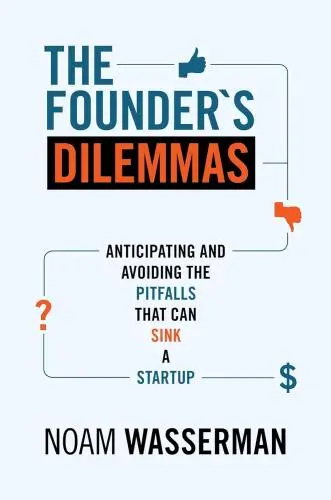
The Founder's Dilemmas
Noam Wasserman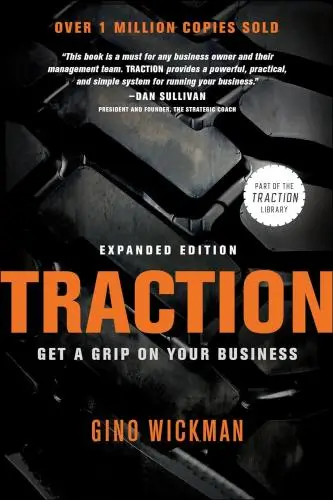
Traction
Gino Wickman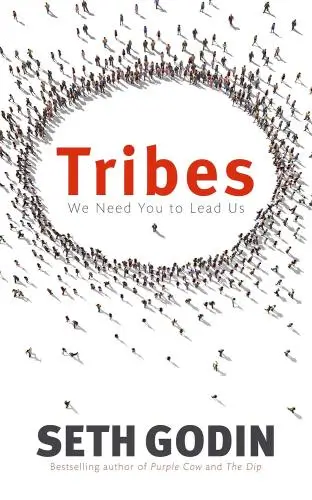
Tribes
Seth Godin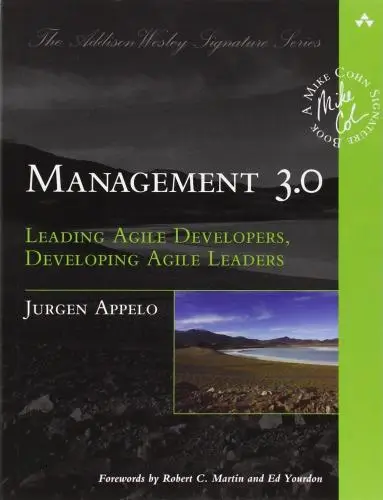
Management 3.0
Jurgen Appelo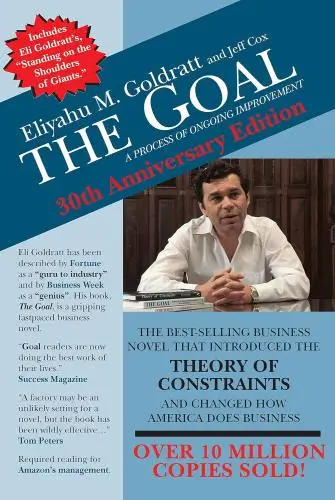
The Goal
Eliyahu M Goldratt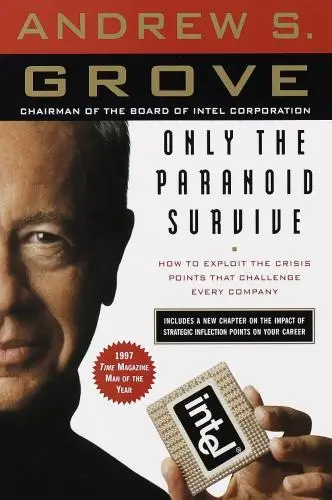
Only the Paranoid Survive
Andrew S. Grove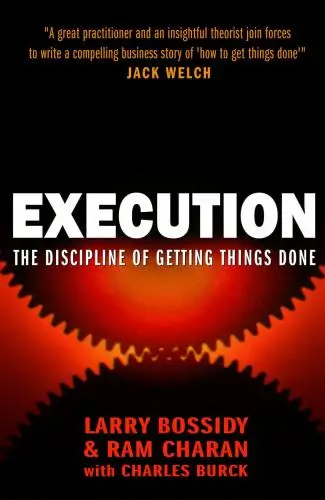
Execution
Larry Bossidy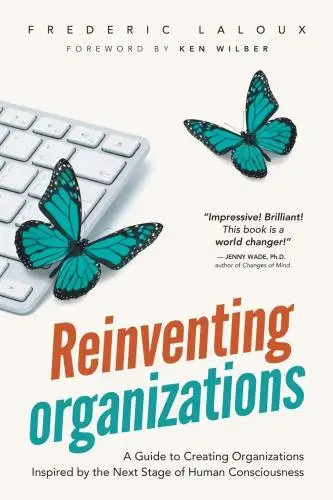
Reinventing Organizations
Frederic Laloux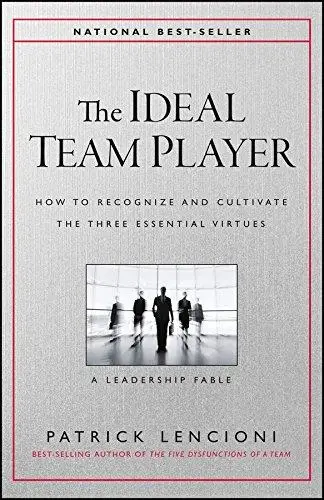
The Ideal Team Player
Patrick M. Lencioni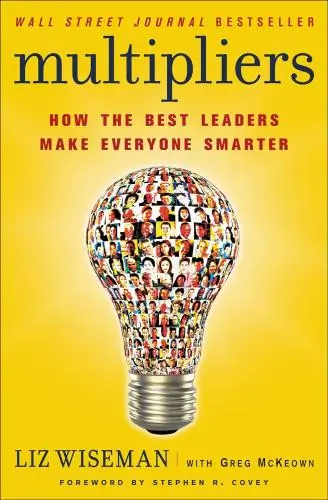
Multipliers
Liz Wiseman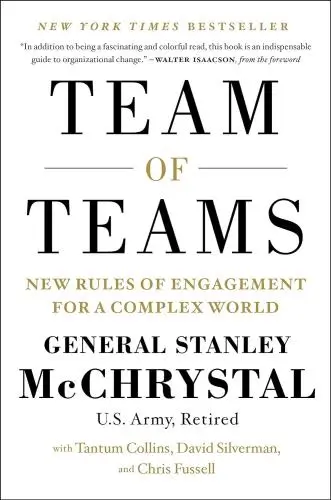
Team of Teams
General Stanley McChrystal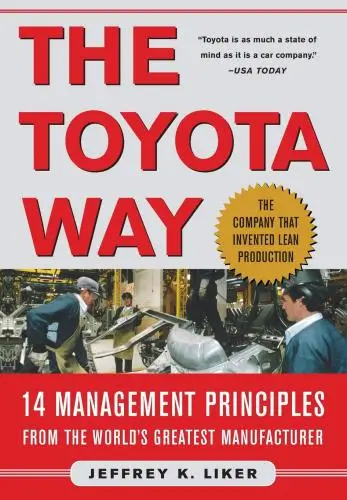
The Toyota Way
Jeffrey LikerTrending Summaries

Peak
Anders Ericsson
Never Split the Difference
Chris Voss
Smart Brevity
Jim VandeHei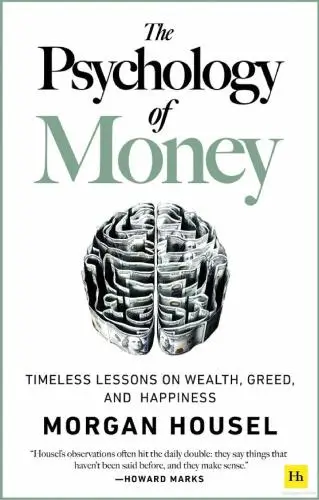
The Psychology of Money
Morgan Housel
The First 90 Days
Michael D. Watkins
Atomic Habits
James Clear
Thinking, Fast and Slow
Daniel Kahneman
The Body Keeps the Score
Bessel van der Kolk M.D.
The Power of Regret
Daniel H. Pink
The Compound Effect
Darren Hardy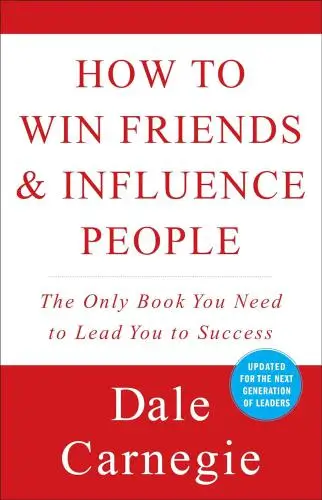
How to Win Friends & Influence People
Dale Carnegie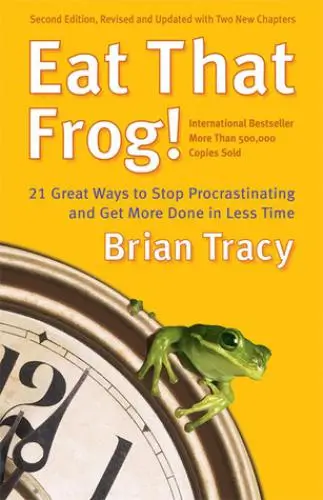
Eat That Frog!
Brian Tracy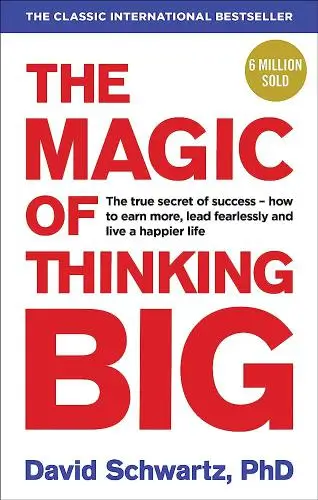
The Magic of Thinking Big
David J. Schwartz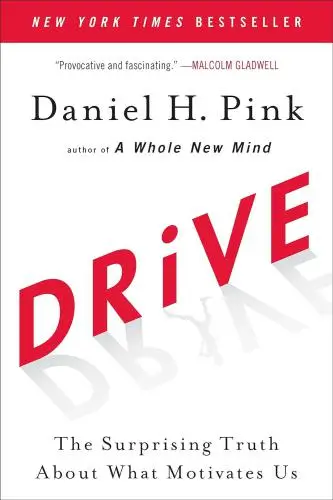
Drive
Daniel H. Pink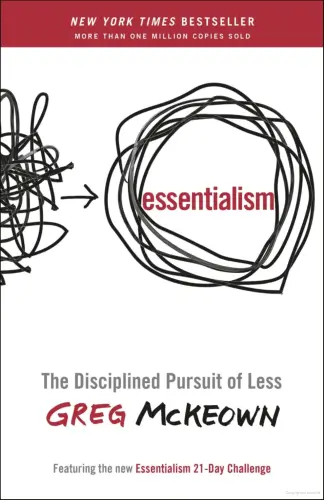
Essentialism
Greg McKeownNew Books

The Millionaire Fastlane
MJ DeMarco
Losing My Virginity
Richard Branson
Venture Deals
Brad Feld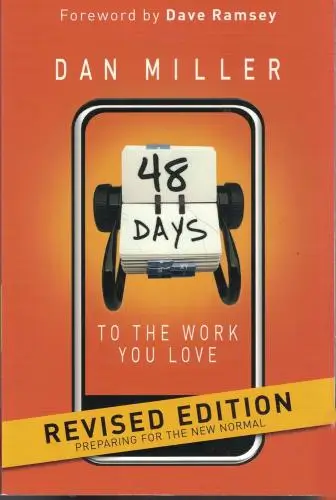
48 Days to the Work You Love
Dan Miller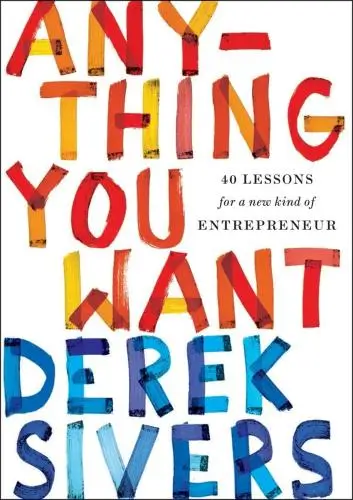
Anything You Want
Derek Sivers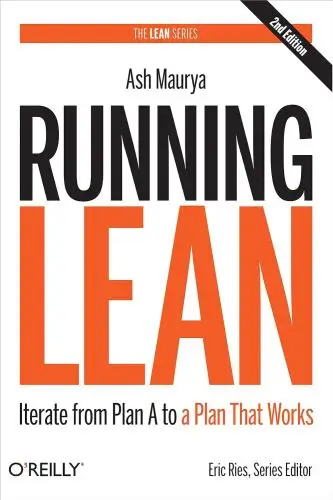
Running Lean
Ash Maurya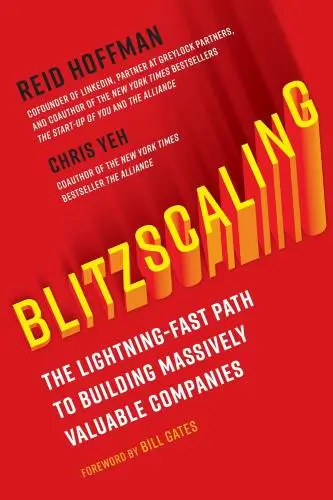
Blitzscaling
Reid Hoffman
The Founder's Dilemmas
Noam Wasserman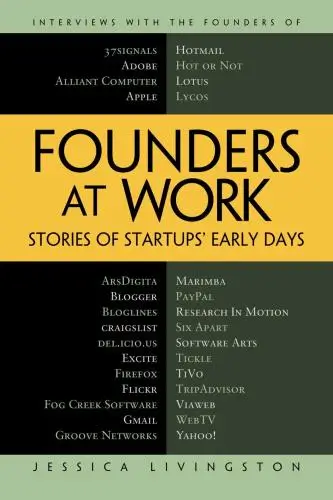
Founders at Work
Jessica Livingston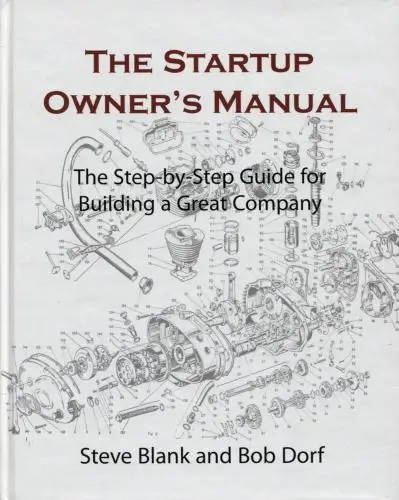
The Startup Owner's Manual
Steve Blank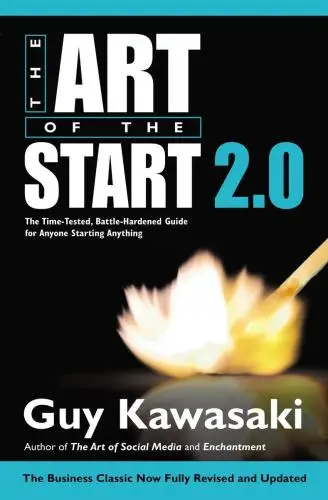
The Art of the Start 2.0
Guy Kawasaki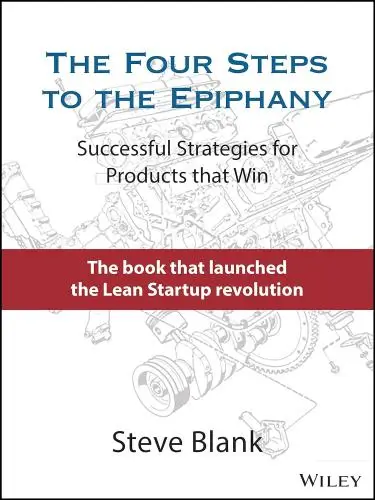
The Four Steps to the Epiphany
Steve Blank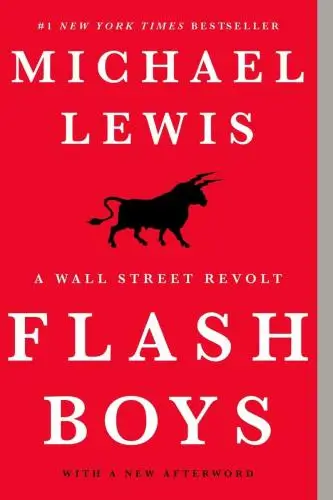
Flash Boys
Michael Lewis
Crush It!
Gary Vaynerchuk
